Five main obstacles that could hinder the responsible adoption of AI-based technologies and propose strategies to address them.
Companies are betting on AI—yet nearly all enterprise pilots are stuck at the starting line.
That dream of a universal electronic health record has proven elusive.
New AI tool to track vocalisation trends such as shouting and coughing in dementia patients and flagged in real time.
The emerging role of AI-based companions in the care of people with dementia, referencing brain-health startups.

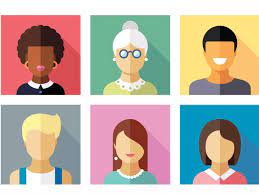 Picking on Apple because they are there, but of course they are not unique. What’s new with
Picking on Apple because they are there, but of course they are not unique. What’s new with 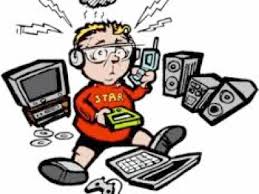 Digital literacy – what is it?
Digital literacy – what is it? 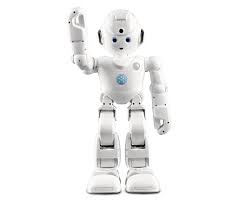 Context matters: consider the likely status of people in 10 years. It makes you think. Asked this question recently and pondered. What will be the context at that time? A decade from now, the oldest baby boomers will be 86.
Context matters: consider the likely status of people in 10 years. It makes you think. Asked this question recently and pondered. What will be the context at that time? A decade from now, the oldest baby boomers will be 86. 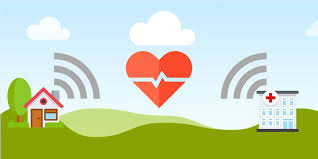 Sensor technology is increasingly useful in the care of older adults. As part of the research into the
Sensor technology is increasingly useful in the care of older adults. As part of the research into the  The biggest older adult tech news from August was audible.
The biggest older adult tech news from August was audible. 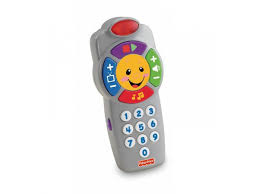 In recent years, TV Remote control devices became more usable – except for Apple’s. Rant on. Starting with the older one (“
In recent years, TV Remote control devices became more usable – except for Apple’s. Rant on. Starting with the older one (“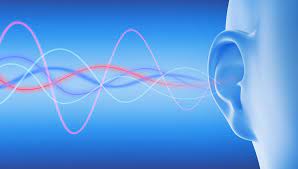 Yesterday was a big day that should have happened several years ago. Finally.
Yesterday was a big day that should have happened several years ago. Finally.  The Census knows the growth and potential explosion of care needs and older adults. Consider
The Census knows the growth and potential explosion of care needs and older adults. Consider 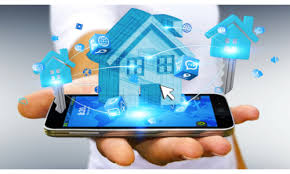 Some might say that sensor technology for older adults is nothing new. What’s the big deal? Remote monitoring products and services built with sensors have been around for decades.
Some might say that sensor technology for older adults is nothing new. What’s the big deal? Remote monitoring products and services built with sensors have been around for decades.